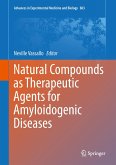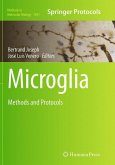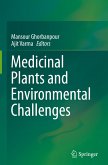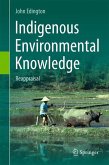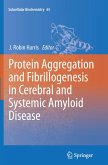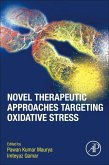This edited volume concerns a group of devastating neurological disorders that share a common pathological mechanism, namely the aggregation and deposition of insoluble, proteinaceous lesions, termed 'amyloid'. Examples of cerebral amyloid disorders include common neurodegenerative diseases like Alzheimer's disease-related dementia and Parkinson's disease, as well as other less prevalent conditions like Huntington's disease, cerebral amyloid angiopathy and the transmissible prion disorders. A disease-modifying therapeutic agent is still lacking for all these diseases, and there are no approved therapies that target amyloid formation directly. Nevertheless, a large and complex group of natural aromatic compounds known as polyphenols are rapidly emerging as potentially potent anti-amyloidogenic agents.
This book collectively presents a considerable body of experimental and epidemiological evidence from peer-reviewed scientific publications that support a role for naturalcompounds and herbal extracts in the chemoprevention and therapy of amyloidogenic disorders.
Each contribution is written by scientific experts in the relevant field; chapters are devoted to Mediterranean diet and olive oil phenols, traditional Chinese medicine, herbal extracts, polyphenols (with a particular emphasis on epigallocatechin-3-gallate) and bi-flavonoids, amongst others.
The topic of this book is relevant to a wide audience, from academia and university students in the biological and chemical sciences, to physicians and allied health professionals, as well as people working in the nutraceutical industry.
This book collectively presents a considerable body of experimental and epidemiological evidence from peer-reviewed scientific publications that support a role for naturalcompounds and herbal extracts in the chemoprevention and therapy of amyloidogenic disorders.
Each contribution is written by scientific experts in the relevant field; chapters are devoted to Mediterranean diet and olive oil phenols, traditional Chinese medicine, herbal extracts, polyphenols (with a particular emphasis on epigallocatechin-3-gallate) and bi-flavonoids, amongst others.
The topic of this book is relevant to a wide audience, from academia and university students in the biological and chemical sciences, to physicians and allied health professionals, as well as people working in the nutraceutical industry.


